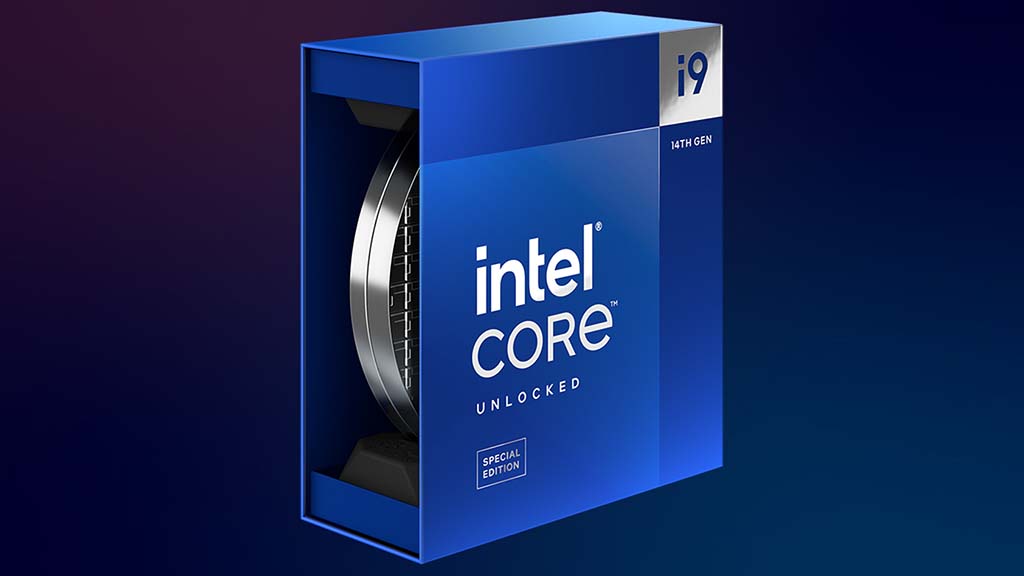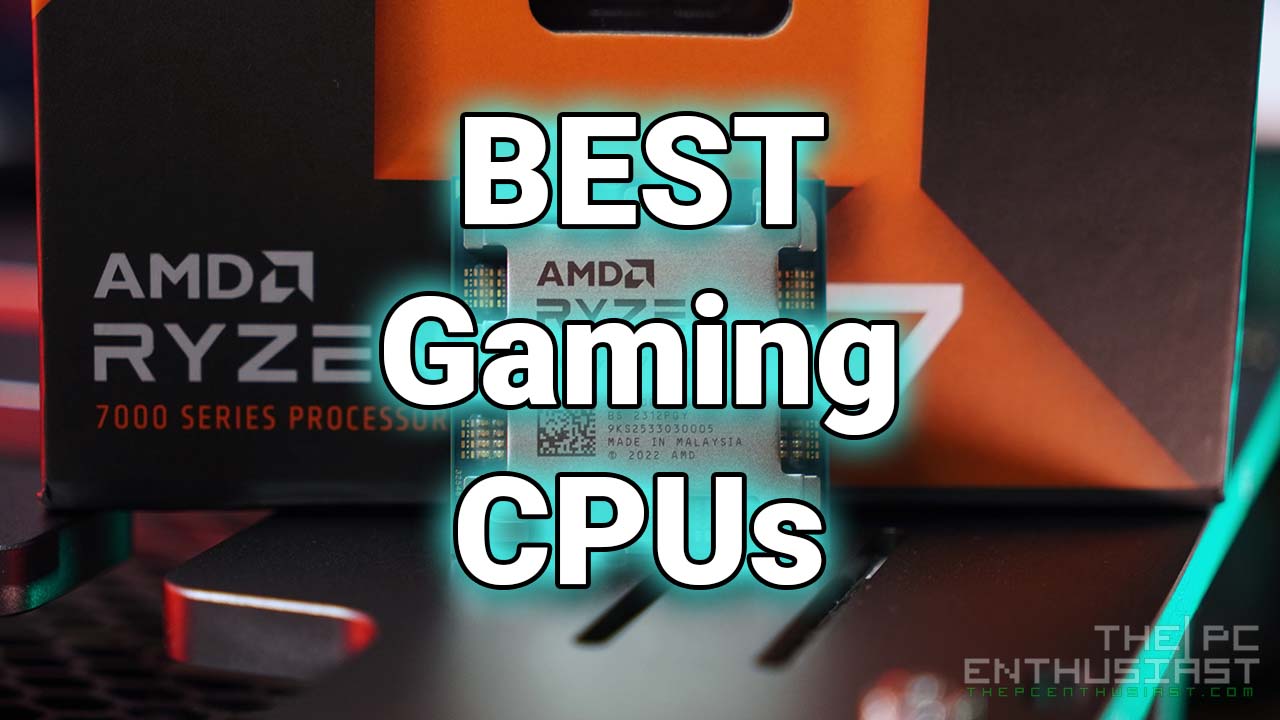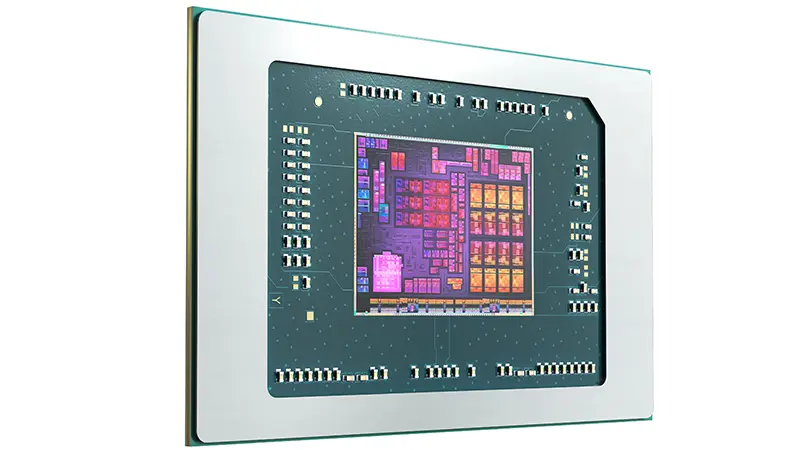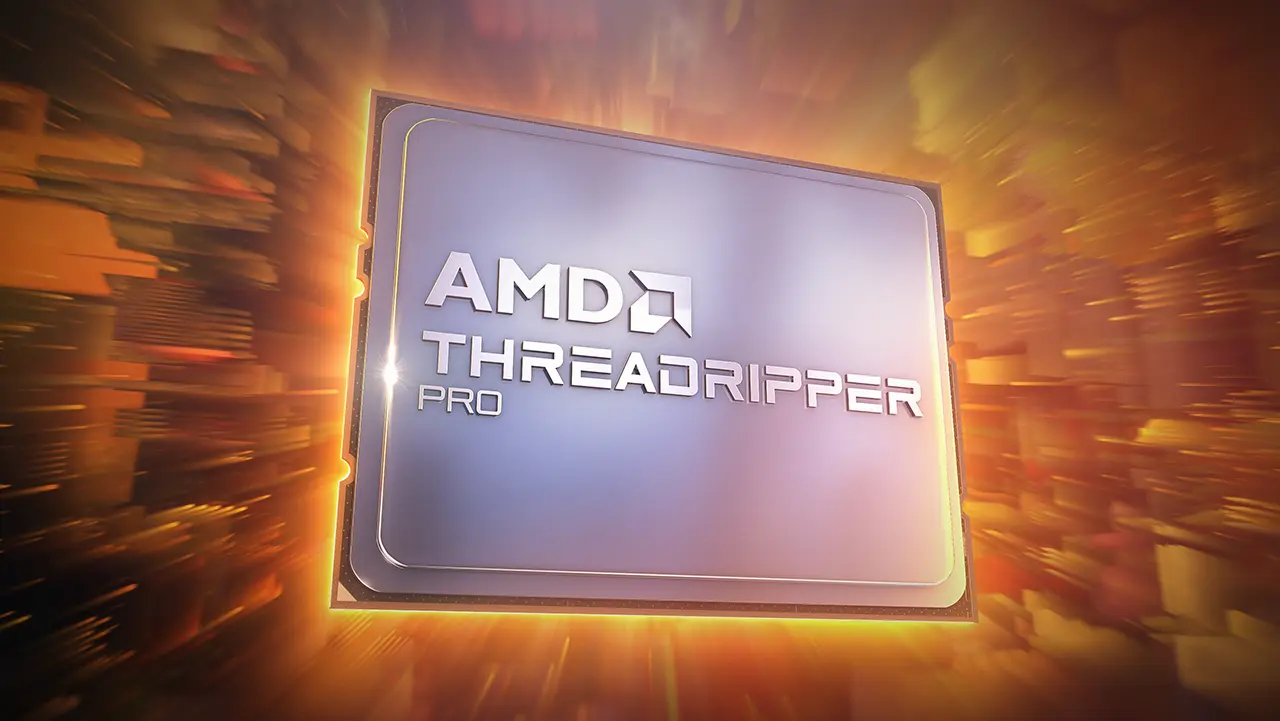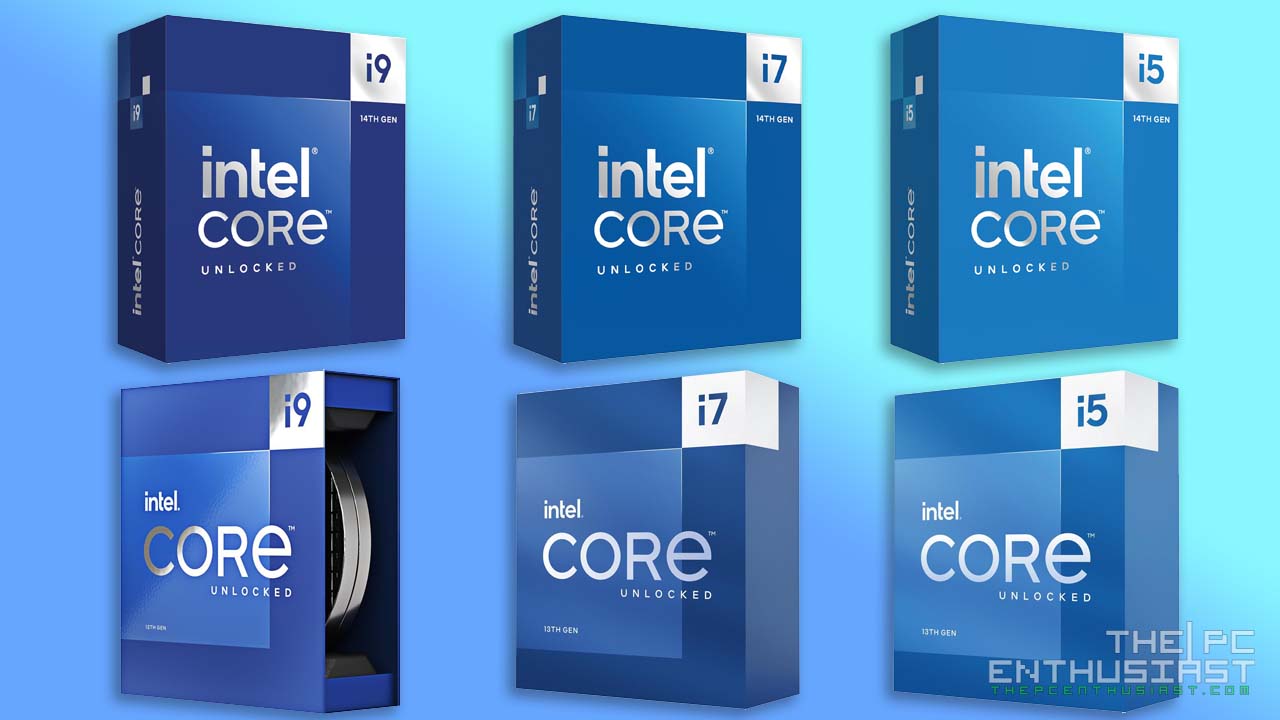IBM recently announced its breakthrough in semiconductor process and design with the world’s first chip featuring 2 nanometers (nm) nanosheet technology. While we have seen substantial performance gains and efficiency that a 7nm fab process can offer, IBM’s 2nm even push those numbers to a new level. IBM’s 2nm is said to offer up to 45% performance improvement versus the 7nm chip while consuming 75% less energy. Its tiniest components are smaller than the strand of DNA. That’s simply mind-blowing! Check out more details from the news release below.

IBM Unveils the World’s First 2nm Chip Technology
IBM unveiled today a breakthrough in semiconductor design and process with the development of the world’s first chip announced with 2 nanometer (nm) nanosheet technology. Semiconductors play critical roles in everything from computing to appliances, to communication devices, transportation systems, and critical infrastructure.
Demand for increased chip performance and energy efficiency continues to rise, especially in the era of hybrid cloud, AI, and the Internet of Things. IBM’s new 2 nm chip technology helps advance the state-of-the-art in the semiconductor industry, addressing this growing demand. It is projected to achieve 45% higher performance, or 75% lower energy use than today’s most advanced 7 nm node chips.
The potential benefits of these advanced 2 nm chips could include:
- Quadrupling cell phone battery life, only requiring users to charge their devices every four days.
- Slashing the carbon footprint of data centers, which account for one percent of global energy use. Changing all of their servers to 2 nm-based processors could potentially reduce that number significantly.
- Drastically speeding up a laptop’s functions, ranging from quicker processing in applications to assisting in language translation more easily, to faster internet access.
- Contributing to faster object detection and reaction time in autonomous vehicles like self-driving cars.
Darío Gil, SVP and Director of IBM Research:
“The IBM innovation reflected in this new 2 nm chip is essential to the entire semiconductor and IT industry,” “It is the product of IBM’s approach of taking on hard tech challenges and a demonstration of how breakthroughs can result from sustained investments and a collaborative R&D ecosystem approach.”

IBM at the forefront of semiconductor innovation
This latest breakthrough builds on decades of IBM leadership in semiconductor innovation. The company’s semiconductor development efforts are based at its research lab located at the Albany Nanotech Complex in Albany, NY, where IBM scientists work in close collaboration with public and private sector partners to push the boundaries of logic scaling and semiconductor capabilities.
This collaborative approach to innovation makes IBM Research Albany a world-leading ecosystem for semiconductor research and creates a strong innovation pipeline, helping to address manufacturing demands and accelerate the growth of the global chip industry.
IBM’s legacy of semiconductor breakthroughs also includes the first implementation of 7 nm and 5 nm process technologies, single-cell DRAM, the Dennard Scaling Laws, chemically amplified photoresists, copper interconnect wiring, Silicon on Insulator technology, multi-core microprocessors, High-k gate dielectrics, embedded DRAM, and 3D chip stacking. IBM’s first commercialized offering including IBM Research 7 nm advancements will debut later this year in IBM POWER10-based IBM Power Systems.

50 billion transistors on a fingernail-sized chip
Increasing the number of transistors per chip can make them smaller, faster, more reliable, and more efficient. The 2 nm design demonstrates the advanced scaling of semiconductors using IBM’s nanosheet technology. Its architecture is an industry first. Developed less than four years after IBM announced its milestone 5 nm design, this latest breakthrough will allow the 2 nm chip to fit up to 50 billion transistors on a chip the size of a fingernail.
More transistors on a chip also mean processor designers have more options to infuse core-level innovations to improve capabilities for leading-edge workloads like AI and cloud computing, as well as new pathways for hardware-enforced security and encryption. IBM is already implementing other innovative core-level enhancements in the latest generations of IBM hardware, like IBM POWER10 and IBM z15.

